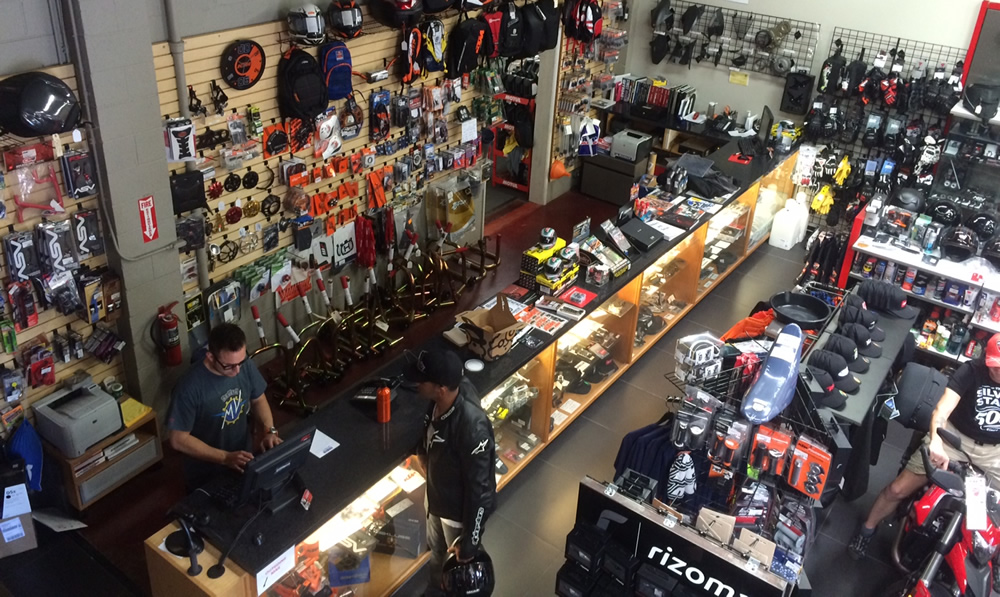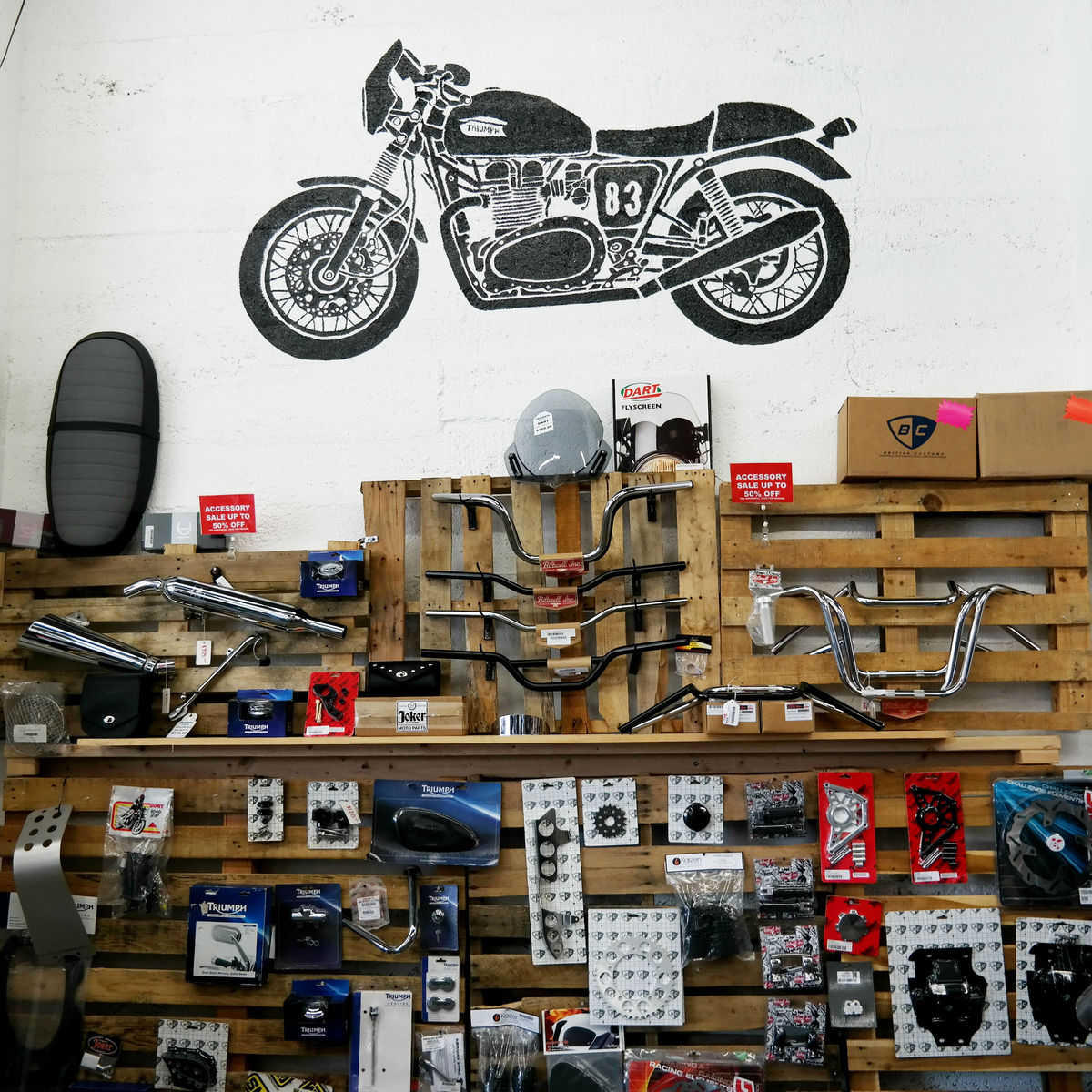Your Go-To Motorbike Shop for Top Quality Parts and Accessories
Your Go-To Motorbike Shop for Top Quality Parts and Accessories
Blog Article
Understanding the Crucial Components of a Motorcycle: A Comprehensive Overview for Lovers
For motorcycle lovers wanting to raise their riding experience and guarantee their bikes run smoothly, recognizing the vital components of a motorcycle is extremely important. Each aspect, from the engine's detailed functions to the essential function of the braking mechanisms, not only impacts performance however likewise safety and security and convenience. This guide will go through the basic parts that every biker should recognize with, allowing educated choices in both maintenance and prospective upgrades. As we begin this exploration, one must ask: how does each component interact to develop the smooth ride every enthusiast looks for?
Engine Components

The camshaft plays an important role in controlling the timing of the engine's valves, ensuring the specific opening and closing required for efficient gas and air consumption, as well as exhaust expulsion. This timing is critical to preserving optimal engine performance and effectiveness. Furthermore, the carburetor or gas injection system, depending on the motorbike version, is liable for blending air with fuel in the appropriate proportion for combustion.
The air conditioning system, either air or liquid-based, functions to keep the engine's temperature within operational limits, stopping getting too hot and making certain long life - mx gear nz. Each component, meticulously made and integrated, adds to the seamless operation of the engine, defining the bike's power outcome and general performance
Transmission System
Important to the motorcycle's capability, the transmission system ensures reliable power transfer from the engine to the wheels. This system makes up numerous essential parts, including the clutch, gearbox, and final drive, each playing a vital role in equating the engine's power into movement. The clutch, commonly run by a hand lever, offers to involve and disengage the engine from the transmission, allowing for smooth gear changes and regulated velocity.
The transmission, usually referred to as the transmission proper, has a collection of gears that riders can manually change with to adjust the bike's rate and torque result. These gears are set up in a sequence that makes it possible for the motorbike to speed up smoothly and keep optimal engine performance throughout numerous speeds. The majority of motorcycles utilize a sequential gearbox, calling for the motorcyclist to shift gears in a fixed order.
Braking Devices
While understanding the transmission system is essential to utilizing a motorcycle's power, just as crucial is the capability to manage and stop that power properly, which is where stopping systems come right into play. Brakes are vital for security and performance, giving the motorcyclist with the essential control to navigate different terrains and problems. Typically, bikes include two types of blog here braking systems: disc brakes and drum brakes.
Disc brakes are more common in modern motorcycles due to their superior efficiency. This system offers much better heat dissipation, regular performance, and enhanced stopping power, specifically in damp conditions.
Alternatively, drum brakes, though much less usual, are still discovered in some bikes. They work by pressing brake footwear against the inner surface area of a drum attached to the wheel. While normally much less reliable in heat dissipation and quiting power, drum brakes are less complex and more affordable.
Understanding these stopping systems' subtleties permits riders to preserve their bikes properly and value the design that makes certain secure and efficient quiting.
Suspension and Guiding
Suspension and guiding systems are crucial elements find out here that significantly affect a motorcycle's handling and experience convenience. The suspension system, containing forks at the front and shock absorbers at the rear, takes in roadway abnormalities, enhancing stability and control. Front forks, inverted or typically telescopic, compress and rebound to reduce effects, while rear shock absorbers preserve tire contact with the roadway, critical for grip and security.
Steering, centered around the handlebars, connects the cyclist to the motorbike's directional control. The steering head bearings guarantee smooth operation, allowing precise maneuverability. Correct placement and maintenance of these bearings are important for foreseeable steering response and reducing biker tiredness.
The suspension's adjustability is an additional vital aspect; preload, damping, and rebound setups enable personalization to suit numerous riding styles and problems. This adaptability is essential for maximizing efficiency, whether navigating metropolitan roads or taking on tough trails. Technologies like digital shock absorber offer real-time changes, improving trip top quality across diverse surfaces.

Electric Systems
After making certain a controlled and smooth adventure through effective suspension and guiding systems, interest transforms to the electrical systems, an essential facet of modern bikes. These systems play an important duty not only in beginning the engine yet also in powering numerous elements that improve the functionality and security of the motorcycle.
At the heart of a motorbike's electrical system is the battery, which shops electrical power necessary for beginning the engine and powering complementary systems - mx parts nz. The generator or generator, paired he has a good point with the rectifier-regulator, ensures the battery remains billed while the bike functions, converting mechanical power into electrical energy and preserving voltage degrees
The ignition system, one more crucial component, is accountable for stiring up the air-fuel mixture in the engine's cylinders. Modern bikes commonly use an electronic ignition system, using higher effectiveness and integrity compared to standard systems.
Illumination systems, including headlights, tail lights, and signs, are also important, making sure presence and safety for the motorcyclist. Added digital parts such as sensing units, control units, and presents add to innovative attributes like gas injection management, anti-lock braking systems (ABS), and digital dashboards, additionally improving the riding experience.
Final Thought
A thorough understanding of a bike's crucial elements, consisting of the engine, transmission system, braking devices, suspension, guiding, and electric systems, is indispensable for fanatics intending to enhance convenience, safety and security, and performance. Proficiency of these elements permits notified decisions relating to upkeep and upgrades, eventually boosting the riding experience. By integrating this knowledge, motorcyclists can guarantee their motorcycles operate at peak efficiency and dependability, therefore making best use of both enjoyment and longevity of their automobiles.
For bike enthusiasts looking to raise their riding experience and ensure their bikes run efficiently, understanding the necessary parts of a motorcycle is critical.Integral to the motorcycle's performance, the transmission system makes certain effective power transfer from the engine to the wheels.While comprehending the transmission system is crucial to harnessing a motorbike's power, just as vital is the capability to regulate and quit that power successfully, which is where stopping devices come into play. Usually, motorbikes include 2 kinds of stopping systems: disc brakes and drum brakes.
An extensive comprehension of a motorbike's essential parts, including the engine, transmission system, braking systems, suspension, guiding, and electric systems, is essential for lovers aiming to optimize safety, efficiency, and convenience.
Report this page